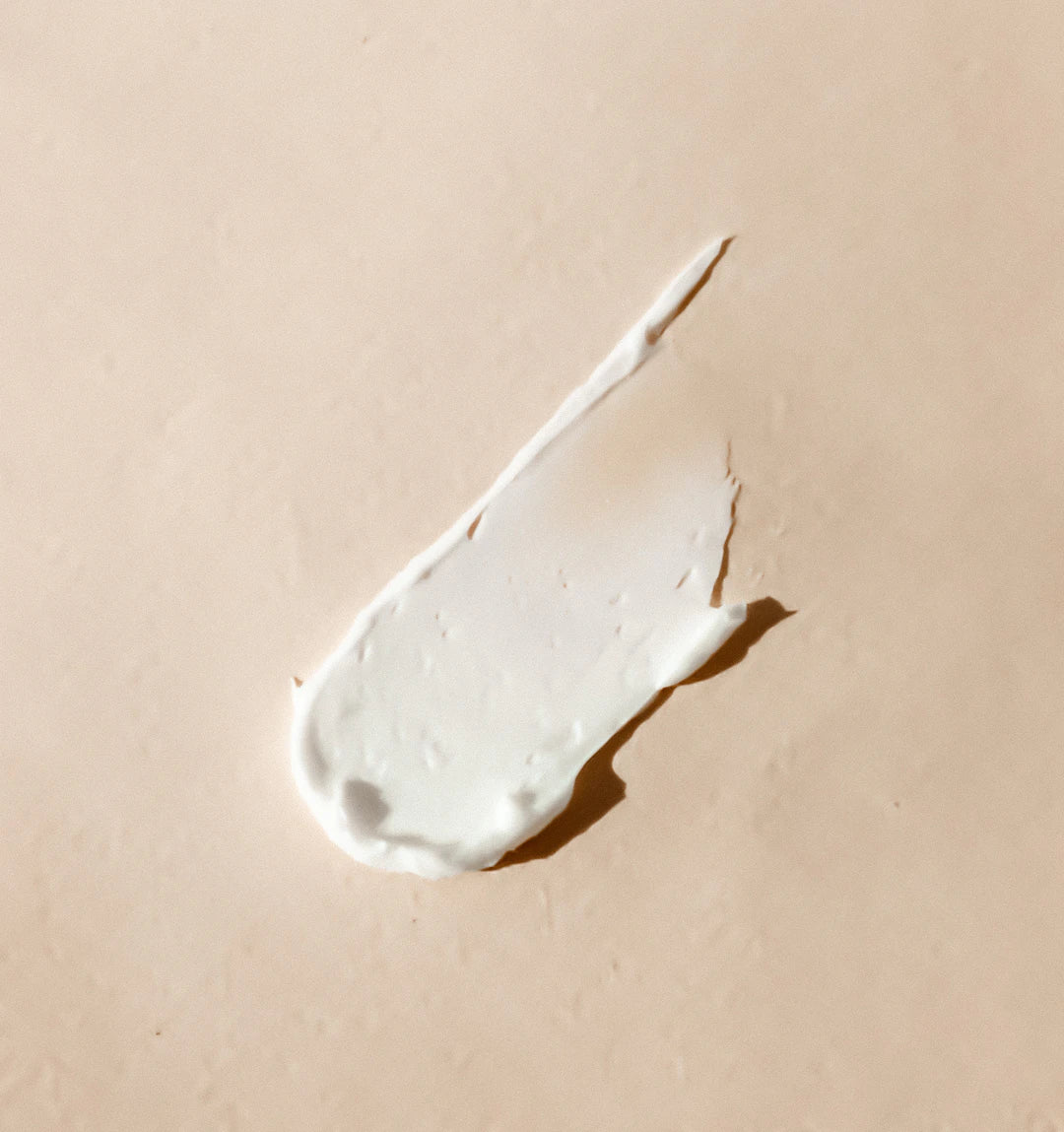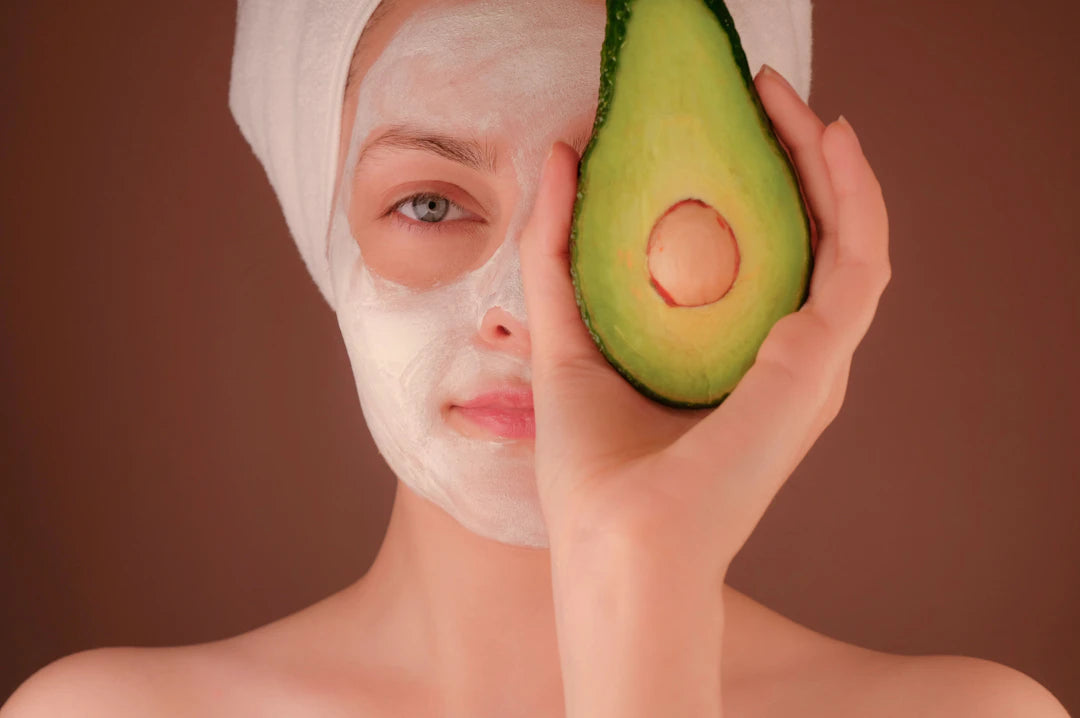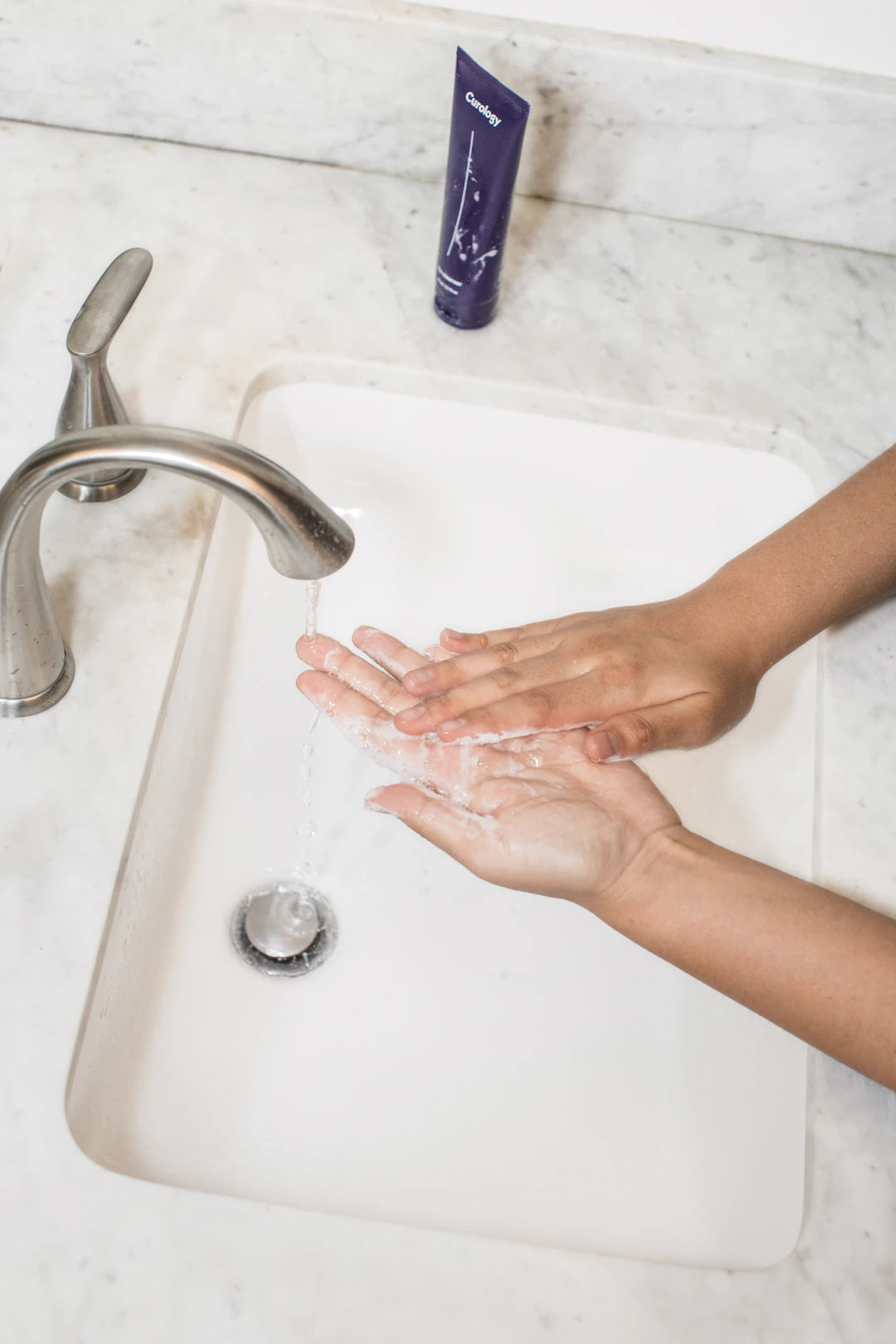Mastering Skincare: The Art of Layering for Radiant Skin

Frequently Asked Questions
1. Why is it important to understand your skin type before layering skincare products?
2. What is the correct order to apply skincare products?
3. How does hyaluronic acid benefit my skincare routine?
4. Why is sunscreen essential in a skincare routine?
5. What role does exfoliation play in skincare layering?
Layering your skincare products correctly can take your beauty routine to the next level and unleash the full potential of each product. For anyone seeking lewks of healthy and radiant skin, understanding how to layer your skincare effectively is crucial. In this guide, we’ll navigate the intricate world of skincare layering, step-by-step, while emphasizing the importance of water molecules for skin hydration and incorporating antiaging elements into your routine.
Understanding Your Skin Type
Before diving into the specifics of how to layer your skincare products, it’s essential to first understand your skin type. Different skin types—whether oily, dry, combination, or sensitive—respond differently to various products. This knowledge will help you choose the right formulations and avoid combinations that could lead to irritation or clogged pores.
Identifying Skin Types
- Oily Skin: Prone to shine and breakouts, oily skin benefits from lightweight formulations.
- Dry Skin: Lacks moisture and glow, requiring rich and emollient products to maintain hydration.
- Combination Skin: Exhibits characteristics of both oily and dry skin; a tailored approach is necessary.
- Sensitive Skin: Easily irritated; opt for fragrance-free and gentle formulations.
The Foundation of Layering: Cleanser and Toner
The first step in any skincare routine is cleansing. Choosing the right cleanser is vital for setting a smooth canvas for the subsequent layers. A gentle cleanser will remove dirt, makeup, and excess oil without stripping the skin of its natural moisture.
Once your skin is clean, it’s time to use a toner. Toners help balance the skin’s pH and can prep your skin to better absorb the hydration and nutrients from the products that follow. Look for toners that contain beneficial ingredients but avoid alcohol-based ones that might cause dryness.
Serums: The Powerhouses of Your Routine
Serums are typically where the bulk of action happens in your skincare routine. They are usually formulated with a high concentration of active ingredients meant to target specific skin concerns such as fine lines, dehydration, and dullness. The lightweight formulas of serums allow for deeper penetration into the skin, making their application crucial to your layering process.
The Role of Hyaluronic Acid
One key ingredient to include in your skincare arsenal is hyaluronic acid. This powerful humectant attracts water molecules for skin hydration, plumping it up and reducing the appearance of fine lines. When applying your serums, always start with the thinnest formulas first, moving to thicker ones as you layer.
Moisturizers: Locking in Hydration
Moisturizers play an essential role in sealing in the hydration and benefits of the serums layered beneath. Choosing the right moisturizer depends on your skin type and the season, as thicker creams might be required in dry winters while lighter gels can work wonders in the humidity of summer.
Always apply your moisturizer while your skin is still slightly damp from serums. This technique helps lock in the must-have moisture, making your skin feel soft, supple, and radiant.
Fragrance-Free vs. Scented
For those with sensitive skin, it's often advised to choose fragrance-free moisturizers to avoid irritation. However, if you enjoy scented products, opt for options that use natural fragrances or essential oils.
Protecting Your Skin: Sunscreen is Non-Negotiable
A critical step in your skincare layering routine is the application of sunscreen. Even if you only plan to stay indoors, harmful UV rays can penetrate windows and still impact your skin. Sunscreen is not just for beach days; it is a year-round necessity for maintaining youthful skin and combating antiaging.
Types of Sunscreens
There are two main types of sunscreens: chemical and physical. Chemical sunscreens absorb UV rays, whereas physical sunscreens create a barrier on the skin that reflects them. Whichever you choose, ensure that it is broad-spectrum (protecting against UVA and UVB rays) and that it suits your skin type.
Nighttime Routine: A Different Approach
Your skincare routine doesn’t end with the day. Nighttime is when your skin enters recovery mode, making it vital to provide the necessary ingredients for repair and regeneration. Layering in the evening can differ slightly from your morning routine, allowing you to focus on nourishing and antiaging ingredients.
Retinol: The Antiaging Star
Retinol is a standout ingredient in the realm of antiaging products. It accelerates cell turnover and stimulates collagen production, which can help reduce the appearance of fine lines and wrinkles. If you’re new to retinol, start slow to see how your skin reacts and avoid layering it with other strong actives.
The Smart Way to Layer: Order of Application
Understanding the correct order of applying your products is essential for maximizing effectiveness. As a rule of thumb, apply products from thinnest to thickest in terms of consistency. Here’s a breakdown:
- Cleanser
- Toner
- Serums
- Moisturizer
- Sunscreen (AM routine only)
- Retinol (PM routine only)
Incorporating Exfoliation into Your Routine
Exfoliating is another critical aspect of skincare layering that helps remove dead skin cells and promotes smoother texture. There are two main types of exfoliation: physical and chemical. Use exfoliants 1 to 2 times per week and adjust your layering routine accordingly, as these products can interact with others, especially active ingredients.
Physical Exfoliators vs. Chemical Exfoliators
- Physical Exfoliators: These include scrubs that manually slough off dead skin cells.
- Chemical Exfoliators: Contain acids that dissolve dead skin cells; AHA and BHA are common examples.
Hydration and Nutrition: Beyond Products
A stellar skincare routine isn’t solely about layering; it must also include adequate hydration and nutrition for the best results. Drinking enough water and maintaining a balanced diet can significantly improve your skin's appearance and health.
Dietary Considerations for Healthy Skin
- Antioxidant-rich foods: Berries, nuts, and green leafy vegetables can combat free radicals.
- Healthy fats: Omega-3 fatty acids found in fish and flaxseed support skin barrier function.
- Hydration: While skincare products help with hydration, drinking plenty of water is essential.
Customized Solutions: Skincare is Not One-Size-Fits-All
Everyone's skin is unique, and what works for one person may not work for another. Listen to your skin and adjust your routine as necessary, especially when introducing new products. Always patch-test when trying something new to minimize potential reactions.
Trust Your Skin
Over time, you will learn what your skin loves and what it doesn’t. Keep a skincare journal to track product reactions and results, helping you make informed decisions about your layering strategy.
Elevate Your Routine: Embrace Skincare Layering
Layering skincare products effectively is both an art and a science. Understanding your skin type, knowing the purpose of each product, and maintaining consistency are key to achieving the results you desire. By using the right combination of moisturizers, serums, and protective elements, you can unlock a fresh, youthful glow while combatting the signs of aging.
Incorporate these strategies and tips into your daily routine, and soon you’ll notice the remarkable benefits reflecting in your skin’s health and vibrancy. Remember, skincare layering is about celebrating your skin; don’t rush the process. Treat it as a daily ritual, and enjoy the journey towards a more radiant complexion!


